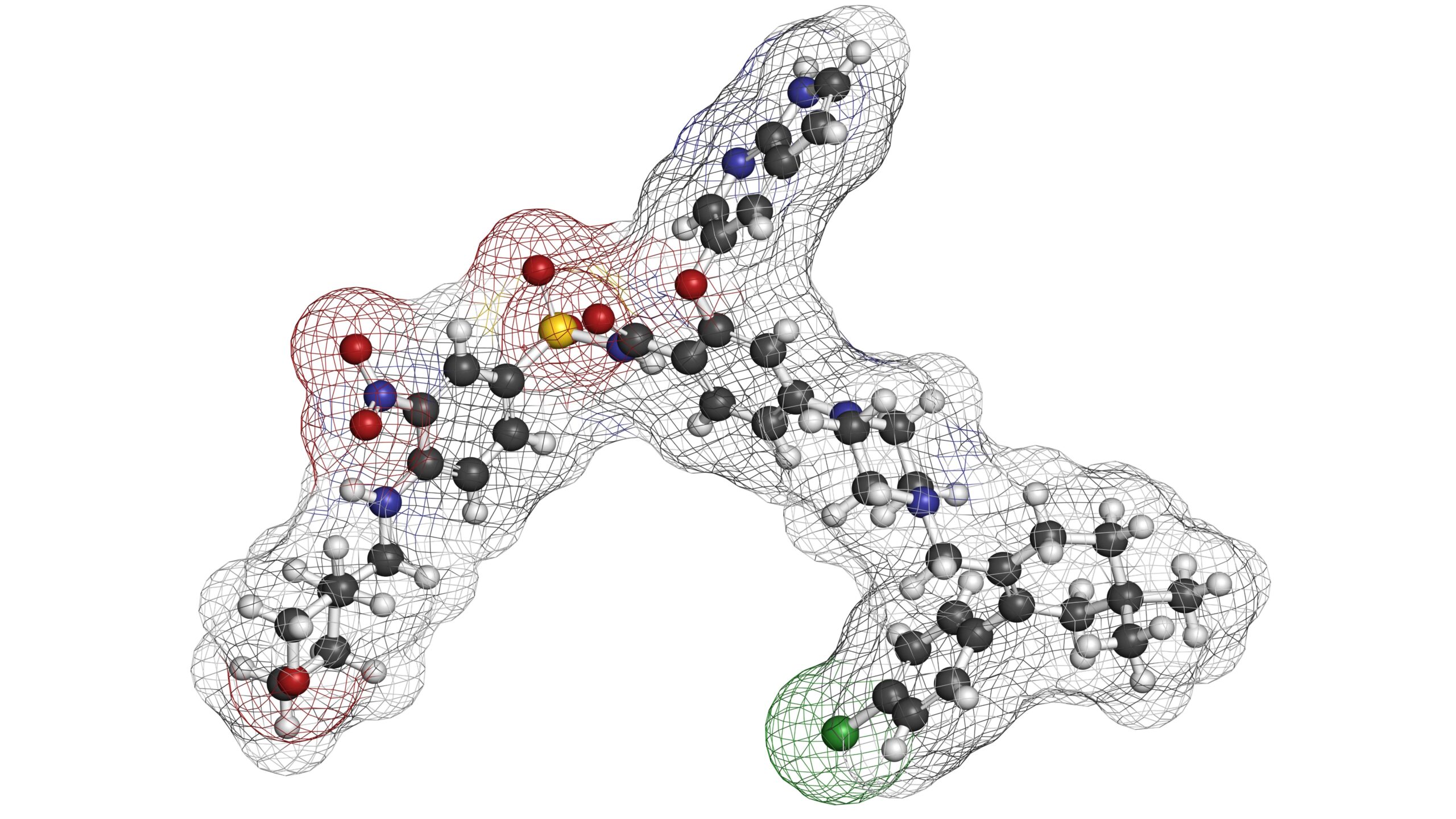
Molecular measurable residual disease (MRD) was strongly prognostic in patients with NPM1-mutated acute myeloid leukemia (AML) who received venetoclax-based non-intensive therapy.
Specifically, low MRD as measured by NPM1 copy number reported relative to 100 copies of ABL was strongly associated with excellent clinical outcomes, according to research presented at the 2022 American Society of Hematology Annual Meeting by Jad Othman, MBBS, of Guy’s and St Thomas’ National Health System Foundation Trust, London, United Kingdom, and colleagues.
Molecular MRD is strongly prognostic in patients with NPM1-mutated AML who are treated with intensive chemotherapy, but the value of MRD measurement in patients receiving venetoclax combinations was unknown.
Othman and colleagues identified 54 patients from real-world cohorts of patients with AML who were treated with venetoclax and low-dose cytarabine or hypomethylating agents (HMA). All patients had an NPM1 mutation and achieved complete remission with or without [platlet?] count recovery. Additionally, all patients had at least one bone marrow MRD assessment within the first six months of therapy.
Half of the patients received venetoclax with azacytidine; 4% in combination with decitabine; and 46% in combination with low-dose cytarabine.
Patients had a median of two bone marrow biopsies within the first six months after initiating therapy. The NPM1 copy number reduced over time. In the first three months, the median copy number was 1.0 and in the second three months the median copy number was 0.0.
Just under half (46%) of patients achieved bone marrow MRD negativity after a median of 97 days. No difference in depth of response was noted for the different venetoclax-based combinations.
With a median follow-up of just under 1.5 years, the overall survival (OS) rate at 18 months was 79%, with an event-free survival rate of 61%. If MRD negativity was reached, OS and event-free survival at 18 months increased to 95% and 85%, respectively.
In contrast, if there was a positive MRD result but ≥3 log10 reduction, the OS and event-free survival rates at 18 months decreased to 73% and 60%, respectively. If it was <3 log10 reduction, the OS and event-free survival rates were 39% and 0%.
The researchers identified a threshold of NPM1 copy number of 0.2 per 100 copies of ABL to best predict event-free survival, which was also strongly associated with overall survival.
Reference
Othman J, Tiong IS, Mokretar K, et al. Molecular MRD assessment is strongly prognostic in patients with NPM1 mutated AML receiving venetoclax based non-intensive therapy. Abstract #840. Presented at the 64th ASH Annual Meeting and Exposition; December 10-13, 2022; New Orleans, Louisiana.






 © 2025 Mashup Media, LLC, a Formedics Property. All Rights Reserved.
© 2025 Mashup Media, LLC, a Formedics Property. All Rights Reserved.